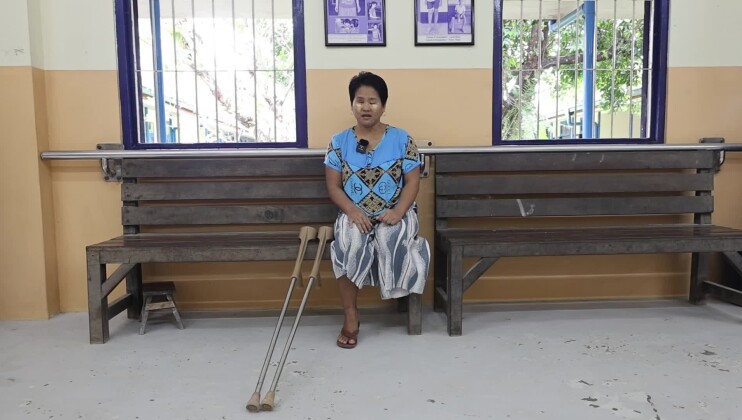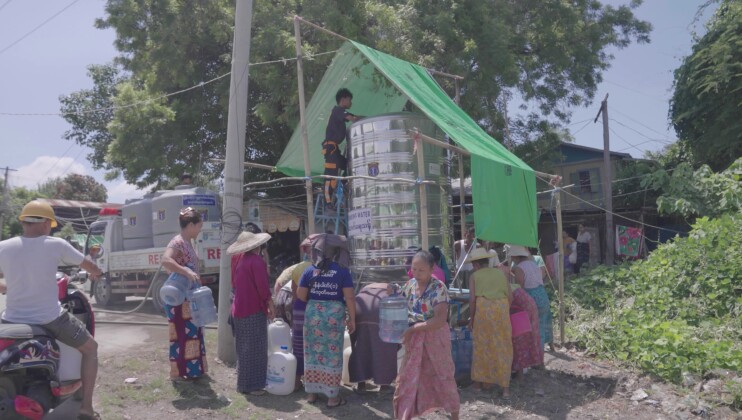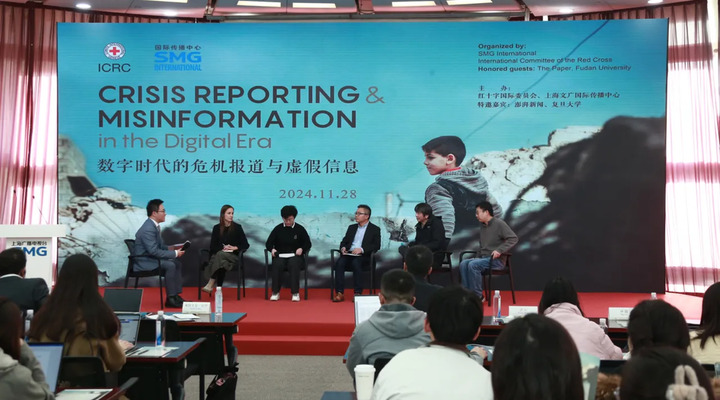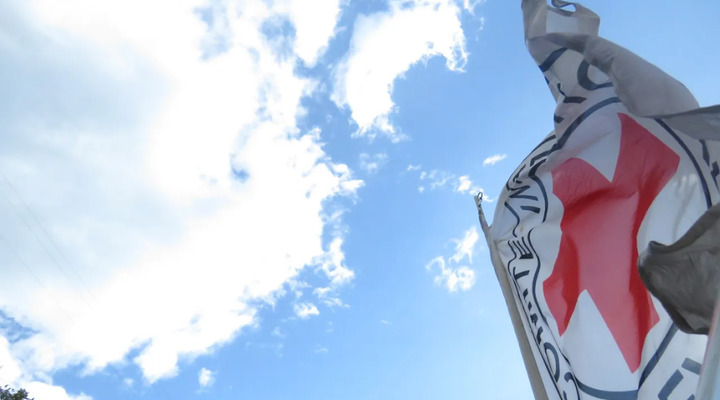Philippines: Typhoon haiyan one year on
It is one year since Haiyan, the world's worst typhoon, struck central Philippines on 8 November 2013, making landfall with 300 km winds and 5-metre waves. Communities were left without food, electricity, water or any means of contacting their relatives. More than 16 million people were affected. Over 6,300 died and more than 4 million were displaced. An estimated 1.14 million homes were damaged or destroyed.
A year on, survivors are still trying to recover from the unprecedented devastation. While a number of communities have repaired or rebuilt damaged houses - be it from the assistance they received or through their own remarkable efforts - some communities are still in need.
Edmundo Pabello, a farmer from Samar Island in the Philippines, lost his home and crops in the wake of typhoon Haiyan. He vividly recalls the days after the catastrophe, “Our houses here were badly damaged. We didn’t have food right after the typhoon. It was really difficult was several days.”
Given the destruction, he could not go back to farming right away. But on the flip side, the destruction meant a lot of reconstruction was necessary. So he enrolled to be trained as a carpenter. He wanted to rebuild his own storm-resilient home. “I have now made sure that our new house is strong enough. I even bought additional nails to make it sturdy”, he says.
In addition, he saw carpentry as a means to make a living while farming was not yet an option. He and his son were hired as carpenters by the Red Cross to help rebuild storm-resilient houses. “We learned a lot from the typhoon. Our houses were not resilient enough so they were destroyed”.
Over the past year, the ICRC in partnership with the Philippine Red Cross has trained over 560 carpenters on good construction principles for storm-resilient shelters and has built over 3,800 storm-resilient shelters. In addition, ICRC and PRC have also been involved in reconstructing health care facilities, providing medical equipment and supplies. Nearly 3,500 families received cash grants to resume their livelihoods in small businesses, agriculture and livestock, or to start an alternative livelihood activity.
Currently, Edmundo and his family live in his new home that he built himself with his new found skills. Like the rest of his community that mainly relies on farming, he hopes to go back to farming, “we don’t yet have a source of livelihood. But this is just for now because we still haven’t started our farming activities.”
While recovery is well under way, there are still humanitarian needs on the ground to help ensure people get back on their feet and rebuild their lives.
Shotlist
Location: Samar Island, Philippines
Length: 03:47
Format: HD & SV H264 MOV
Production: Allison Lopez / Neha Thakkar
Camera: Mandala video and Event Productions
Sound: Waray
ICRC ref: AV241N
Date: 1-2 October 2014
Copyright: ICRC access all
00:00 Various shots of destroyed coconut trees
00:17 Wide shot GVs of a village being reconstructed
00:25 SOUNDBITE (in Waray): Edmundo Pabello, Barangay San Isidro, Marabut, Samar:
“Our houses here were badly damaged. We didn’t have food right after the typhoon. It was really difficult was several days.”
00:42 Unloading of timber and other materials for reconstructing infrastructure
01:11 Several shots of on-going reconstruction
02:04 SOUNDBITE (in Waray): Edmundo Pabello, Barangay San Isidro, Marabut, Samar:
“I have now made sure that our new house is strong enough. I even bought additional nails to make it sturdy.”
02:13 Close shot of a storm resilient roof
02:28 SOUNDBITE (in Waray): Edmundo Pabello, Barangay San Isidro, Marabut, Samar:
“We learned a lot from the typhoon. Our houses were not resilient enough so they were destroyed.”
02:38 GVs of the village
02:59 SOUNDBITE (in Waray): Edmundo Pabello, Barangay San Isidro, Marabut, Samar:
“We don’t yet have a source of livelihood. But this is just for now because we still haven’t started our farming activities.
03:21 GVs of newly built infrastructure
03:33 Pictures of mother and child in the new houses
03:57 END



